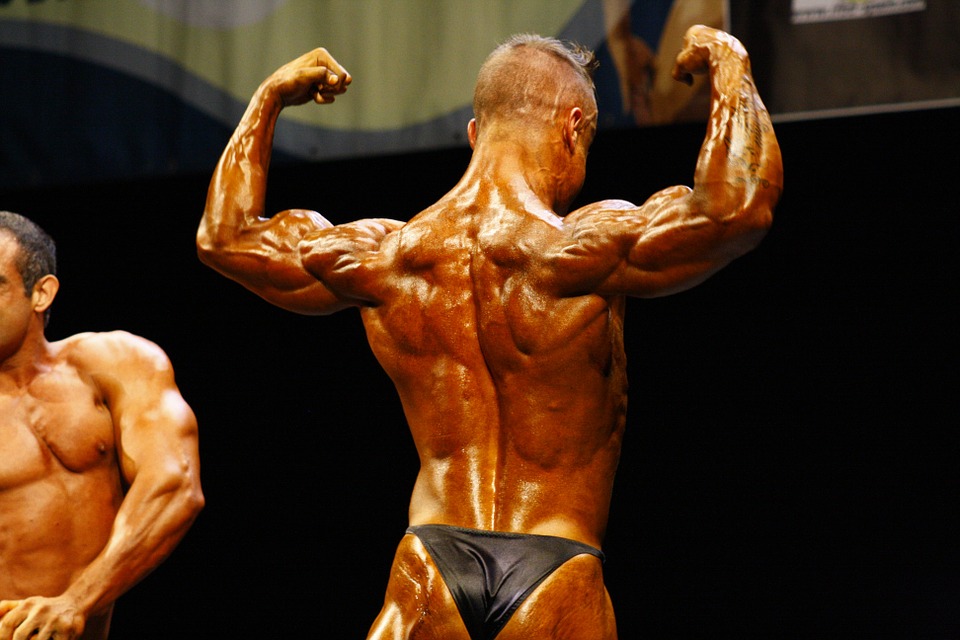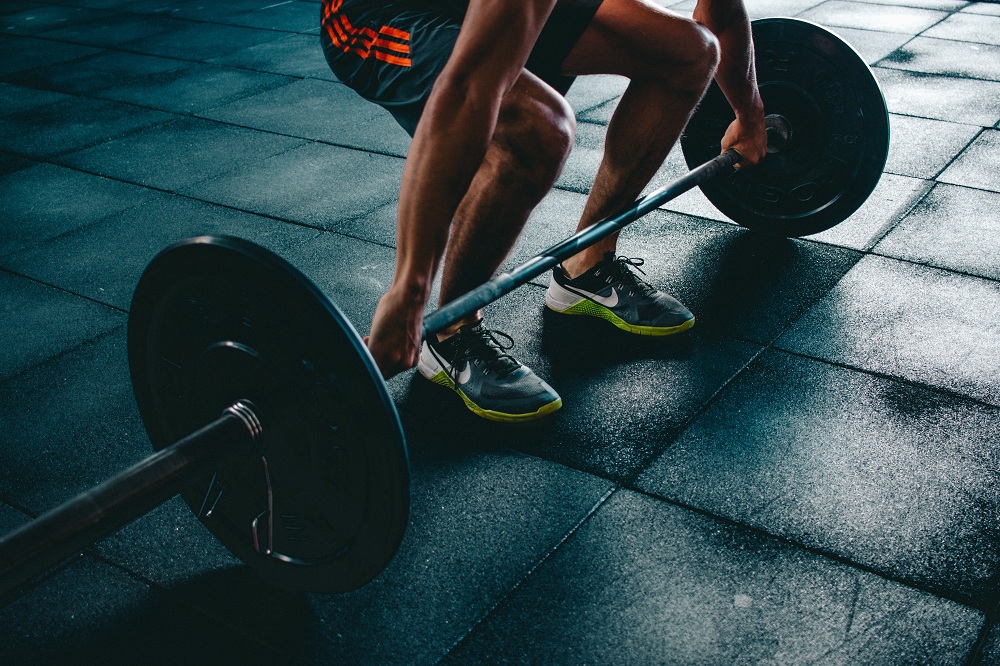Bodybuilding is a competitive sport, but it is not without its risks. Although some bodybuilders opt for the natural way of bulking up, some are so obsessed with getting into peak physical fitness that they end up becoming “mass monsters” or abusing anabolic steroids just to get a leg up.
Done right, and any male or female bodybuilder can be in their peak figure. But if you overdo it or abuse any means of improving it and you could risk deforming your body. You could also be exposing yourself to muscular, skeletal, and other bodily conditions.
One of these examples is a bodybuilder condition dubbed “Palumboism.” While it’s not a real medical condition and there are no medical studies about it, the term refers to specific types of bodies that are distorted from normal human proportions. If you’re a beginner bodybuilder, here’s what you should know about Palumboism and how you can avoid exerting yourself.
Bodybuilding: An Overview
Before we discuss what Palumboism is and how to avoid it, we first need to talk about what happens when you practice bodybuilding. This is essential in order to fully explain how it leads to this condition.
History of Body Building
As early as the Ancient Greek and Egyptian civilizations, humans have been keen on finding the perfect body. And this search for perfection continued on down to the Renaissance period (Da Vinci’s Vitruvian Man indicates a man’s ideal body proportions) up to modern times.
While bodily perfection is a relative term for everyone (both in the past and for many people today), the perfect body in certain ages was one based on strength. Back then, the best body physique belonged to those that could carry the heaviest stone or show the best feats of strength in public, even if they had large bellies and flab on their limbs.
It wasn’t until the 19th century that England-based German strongman Eugen Sandow created what became bodybuilding as we know it today. He would put on a show in carnivals, showing off his muscles, which thrilled a certain niche of people as they enjoyed looking at a well-developed physique. Back then, the only show of men’s bodies and strength was at wrestling and strength demonstrations, so it was refreshing to just see a male body posing and showing off its muscles.
Sandow became so popular at flexing his muscles and riling up the crowd that he went off to become a successful name in the fitness industry. He became the face of fitness as his body matched the body standards of Greek god statues. Eventually, he started bodybuilding competitions where men also had to reach these proportions. Today, Sandow is known as the “Father of Bodybuilding.”
What is Palumboism: The Dave Palumbo Condition
Palumboism is a rare condition seen only in bodybuilders, especially during the 1990s to 2000s, when the “mass monster” body was a trend in bodybuilding competitions at the time. “Mass monster” refers to men and women who have gained so much weight and muscle mass that their proportions have altered significantly, to the point of grotesqueness.
Also known as growth hormone gut, steroid (or roid) gut, or bubble gut, Palumboism is when a bodybuilder’s oblique muscles (the muscles on the side of the six-pack on your abdomen) thicken, making it difficult for a bodybuilder to hold in their stomach. As a result, the bodybuilder’s stomach looks unnaturally bloated in proportion to their chest. Just imagine a person with thick arms, strong pectorals and legs, but a gut that is so bloated that it belongs more on a pregnant person than a professional bodybuilder.
The term Palumboism was named after Dave Palumbo, the first bodybuilder to be observed with a bloated gut. Palumbo is a retired bodybuilder who was known back then as Dave “Jumbo” Palumbo. According to Dr. Thomas O’Connor, who runs Metabolic Docs in Connecticut and Florida, there are no medical studies of Palumboism because while there is enough data to notice the pattern within bodybuilders, it’s mostly anecdotal evidence.
Cause of Palumboism
According to Dr. O’Connor, Palumboism develops from the abuse of anabolic steroids, especially insulin and Human Growth Hormones.
When added to a high-calorie, high-carb diet, a bodybuilder is more likely to develop Palumboism and warp their bodily proportions. Not all steroids can cause Palumboism, but the reason why cases of it rose in the ‘90s and not earlier (when steroid use was already frequent), is because of the increased use of HGH and insulin.
The added stress and fatigue of training and eating also contribute to Palumboism. Long-term stress affects the nervous system, which leads to further adrenal fatigue. And given the effects of steroids, enlarged muscles in the abdomen may be a side effect to it.
Symptoms of Palumboism
The condition is characterized by the development of large breasts in men (gynecomastia). In severe cases, the breasts may become so large that they resemble those of a woman in late pregnancy. Palumboism can also cause other side effects, such as the development of stretch marks, nipples that become enlarged and tender, and a decrease in the size of the testicles.
Other symptoms include:
- Joint pain
- Swelling in the hands and feet
- Numbness or tingling in the extremities
- Muscle weakness
- Fatigue
Cure for Palumboism
There is no medicine or therapy provided to cure Palumboism specifically. It is possible to let the body rest from training and steroid intake and, if the body does not adjust back to its normal form, seek treatment from doctors like Dr. O’Connor, who handles muscular conditions often seen in athletes who may have abused HGH and other steroids.
Rise of Bodybuilding
Since Sandow’s first bodybuilding contest in 1901 up to the 1990s, bodybuilding competitions rose to fame, producing popular figures such as Arnold Schwarzenegger and Lou Ferrigno. Organizations such as the National Physique Committee, the International Federation of Body Builders, and the National Amateur Bodybuilding Association were created to form standards in the practice.
Most veteran bodybuilders go on to participate in professional bodybuilding competitions, where they can earn monetary prizes, sponsor gifts, or even sponsorship deals from companies similar to athletes in other sports. Some contests highlight the importance of natural bodybuilding without using steroids or any other unnatural means, which is why symptoms of Palumboism could disqualify bodybuilders entering these sorts of competitions. As of 1978, women’s bodybuilding has also become a part of the sport.

Is Bodybuilding Considered a Sport?
While there are bodybuilding competitions, many believe that bodybuilding is much closer to pageants than actual sports and refuse to acknowledge bodybuilding as a sport. However, it was part of the World Games from 1981 to 2009.
In 2000, the International Federation of Body Builders sought to add bodybuilding into the Olympics. They were given membership into the International Olympic Committee (IOC) that year and they tried to get bodybuilding to debut in that games on that very year, but the IOC made a controversial decision arguing that bodybuilding is not a sport.
What Do Bodybuilders Do?
Still, this decision doesn’t invalidate the hours that bodybuilders put into training and honing their bodies. The goal of bodybuilding is for participants to develop, condition, and maintain an aesthetically pleasing body. In an average competition, bodybuilders perform the required poses for judges to examine and compare their bodies with the other competitors. Afterward, competitors perform their own choreographed routine to show off their physique.
While it’s most likely bodybuilders are strong due to their muscle size, bodybuilding competitions do not focus on strength the way strongman competitions do. Bodybuilders are not required to show feats of strength, and judges select a winner based on body condition, size, and symmetry. Some of the key factors in bodybuilding competition include muscle definition and shape.
To prepare for competitions, bodybuilders bulk up and try to cut as much unnecessary fat and alcohol as they can. They practice strength and weight training, nutrition, and other practices that can modify their body. In the past, bodybuilders would resort to anabolic steroids. However, because it is an unnatural way of muscle building, it could lead to unnatural body proportions.

Preventing Palumboism
Avoiding steroids and not using insulin shots unless absolutely needed can prevent you from developing Palumboism. Bodybuilders who work out and plan their regime without unnatural additions can naturally improve their physique. Using steroids to boost their muscle mass unnaturally (causing abnormal muscle development) can lead to unknown side effects because they are experimenting with the natural operations of their body.
It’s alright to practice bodybuilding the natural way, as conditions such as Palumboism are only created when a bodybuilder uses steroids and a harsh regimen to further their physical goals. If you’re planning on bodybuilding, be careful not to use unnatural substances to boost your muscles and not to overexert your body’s capabilities beyond its limits.




